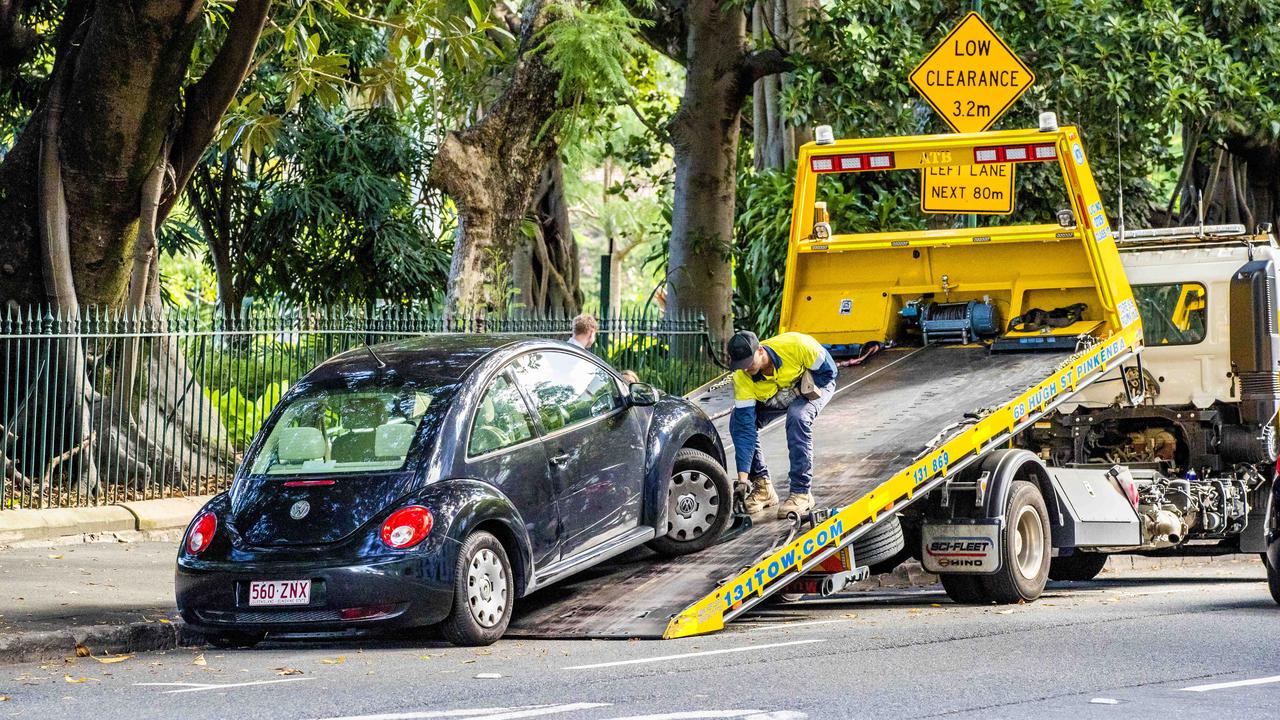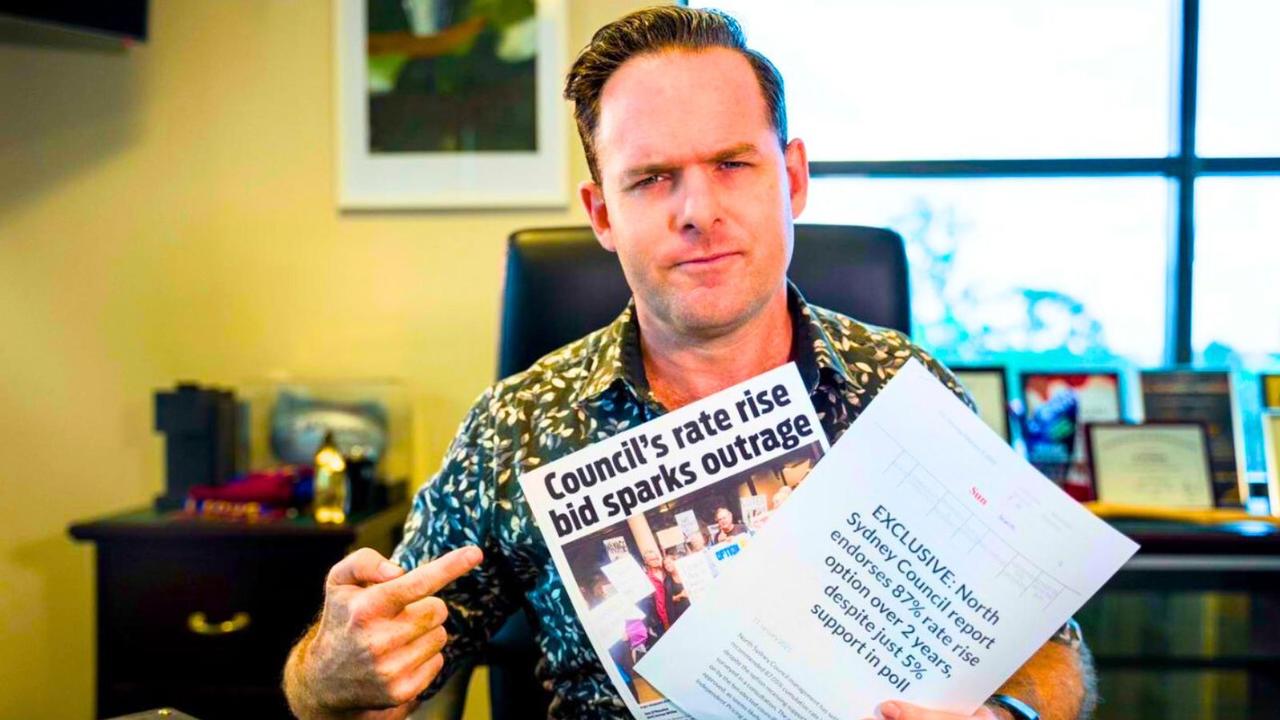Four hours on a school bus: two weeks of flooding tests patience in westside suburbs
Hundreds of children in Brisbane’s westside have been forced to spend over four hours a day on school buses since May 11 as flood woes dragged on. There was good news this afternoon, but locals are afraid they will be cut off again.
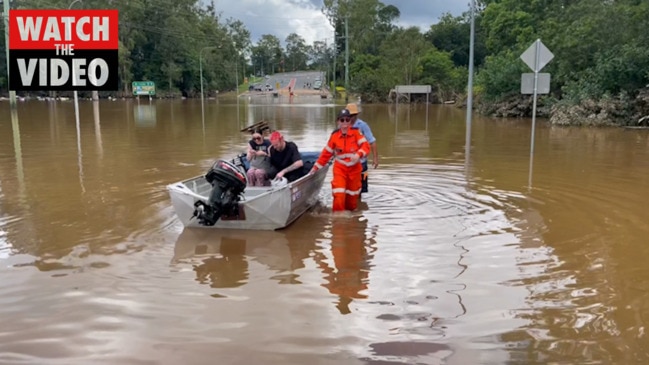
South West
Don't miss out on the headlines from South West. Followed categories will be added to My News.
Furious westside residents say their children have been spending up to 4.5 hours a day on school buses, traffic has been a nightmare and the sick missed GP and hospital appointments after flood woes dragged on.
All crossings over the Brisbane River in the area, one of the wealthiest postcodes in Queensland, have been cut off since May 11.
But there was a breakthrough this afternoon, with Council confirming Bells Bridge (also known as Kholo Bridge) was due to reopen today (May 24) at 5pm.
Some temporary closures would still occur under traffic management as repairs were made.
Seqwater late this afternoon also confirmed Colleges Crossing was forecast to be back in action on Friday, pending further rainfall.
The Moggill Ferry is still out of action and Mount Crosby Weir Bridge, a last-ditch escape route for many years, is impassable due to extensive damage in the February flood.
Seqwater plans to rebuild the bridge, but the work will take until late next year to finish. Even then, it will have only a single lane.
Many residents work in Ipswich, or send their children to school or use hospitals and shops in Ipswich.
But for the past fortnight they have had to drive or catch buses via Moggill Rd and the Centenary and Ipswich motorways.
Locals took to Facebook in rage earlier this week when Bells Bridge was briefly reopened by police, but then closed by Council even though water had dropped below the road surface.
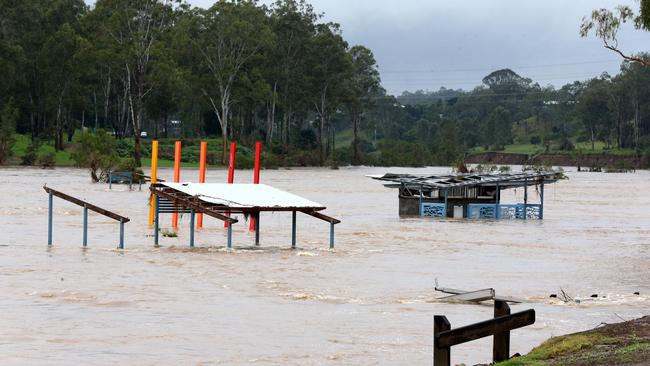
“Some kids are spending four and a half hours a day on school buses,’’ resident Simone Karandrews said.
“Mount Crosby and Karana Downs are in the catchment area for Ipswich State High.
“Hundreds of other kids go to Ipswich Grammar, Westmac (West Moreton Anglican College), St Edmund’s College and St Mary’s College.
“By the time the buses get them there it’s often 9.30am, so they’re an hour late.
“During Covid (lockdown) schools had remote learning plans, but there isn’t anything like that this time.’’
Ms Karandrews said the local hospital for many people was Ipswich Hospital.
Hundreds of people saw GPs in Ipswich, but they were missing appointments due to nightmarish traffic on Moggill Rd — now the only way in and out.
Tradies and other businesses were also affected by traffic delays and fuel bills had skyrocketed.
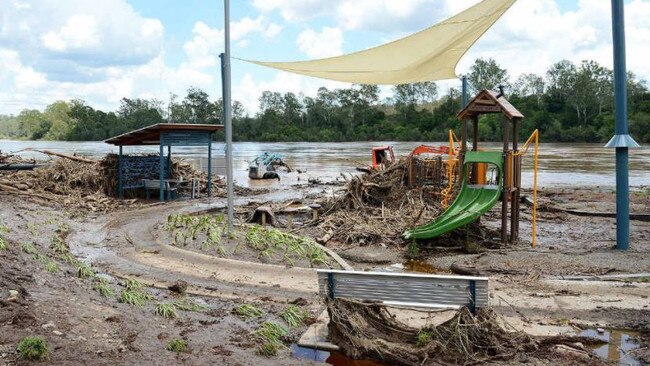
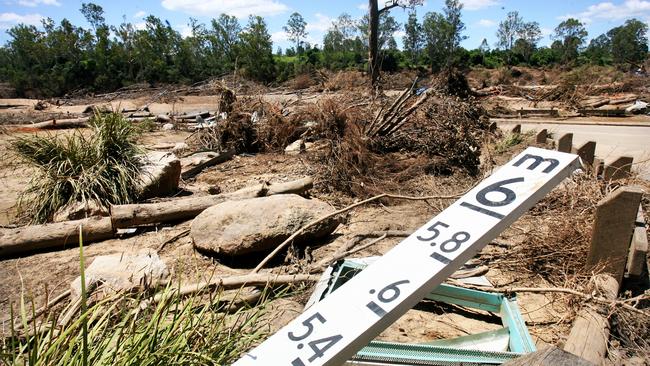
“What really worries us is there’s no plan going forward (even though we have a La Nina predicted for later in the year),’’ Ms Karandrews said.
“This has been going on for years, but at the moment it’s the worst it has ever been.
“If this was an inner city location it would be making front page news. We’re just forgotten.’’
During the 2011 floods the area was indeed forgotten, with helicopter resupplies needed after authorities belatedly realised people were running out of food.
Several helicopter runs were organised in the February deluge, before Moggill Rd reopened.
Karana Downs resident Bernadette Gillies said she was struggling to get her grandchildren to school at Redbank Plains.
“It’s already a 45 minute trip there in the mornings, which means I’m taking significant time off work to get them there and home again,’’ she said.
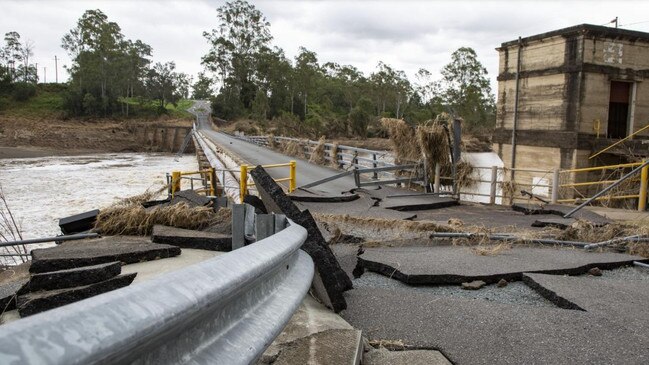
“We have attempted to relocate them to Kenmore High, but I’ve been told that we are out of catchment and that they have no space for us.
“We are in an absolutely desperate situation, made even worse now by the fact that we can’t get them across the river to school. They’ve missed nearly two weeks.’’
Jo Branigan said she had to schedule a Telehealth consultation with a GP in Western Australia because she couldn’t get to local health services.
“The only other option would have been to call an ambulance. God knows how long that would have taken,’' Ms Branigan said.
“I was bed bound, vomiting, and unable to move. When I was given prescription (medication), my husband couldn’t access a pharmacy — normally we could access a pharmacy in Ippy (Ipswich).
“It’s hard to believe we live in a capital city.’’
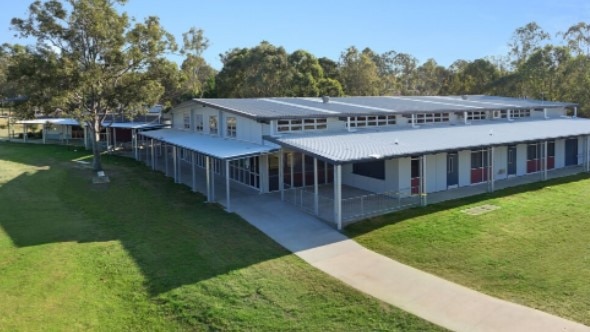
Mount Crosby State School principal Chris Muir emailed parents on Thursday to apologise for access problems faced by families and teachers living south of Colleges Crossing.
“School attendance is significantly affected. Last week I informed the community that teachers are not in a position to send planned work to those not attending, either electronically or by other means,’’ he wrote.
“Teachers are presently teaching children at school and are themselves travelling long commute times to be at school.
“Mount Crosby finds itself in a unique position presently.
“We are a divided school community, which cannot be avoided, nor even planned for.
“I acknowledge the amount of time being missed at school by our students. I do not pretend to play down this situation.
“Students not attending because of access are not being penalised through roll marking. “Parents should continue to use the Learning at Home resources, Mathletics, Reading Eggs and DRA resources.’’
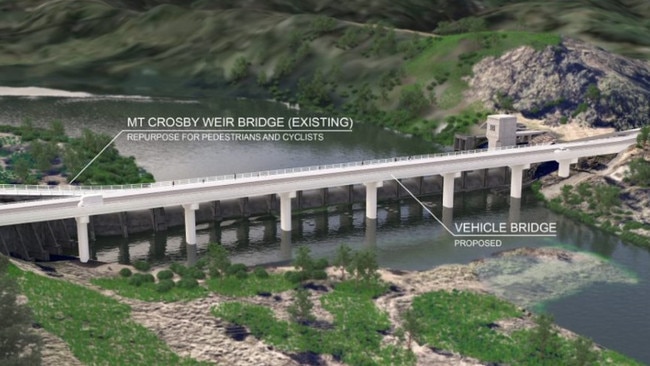
Local state LNP MP, Christian Rowan, said urgent collaboration was needed between Council and the State Government to fix the problem.
“The failure of the both the State Government and Brisbane City Council to fully appreciate the needs of local residents is extraordinary,’’ Dr Rowan said.
“A lack of required infrastructure, combined with geographical isolation impacts as a result of dam water releases, and recent flood events, means that local residents in Karana Downs, Mt Crosby, Kholo, Lake Manchester and surrounding areas are experiencing severe social, economic, financial and travel impacts.

“The Government and Council must work collaboratively and constructively to resolve these infrastructure matters for local residents.
“This must be done as a matter of priority, along with significantly improved communication by both levels of government.’’
Council Infrastructure Chair Andrew Wines said the State Government needed to step up.
“As Brisbane’s population grows, we need to deliver infrastructure to cater for this growth which is why we’re investing in a range of projects, including the $183 million Moggill Rd Corridor Upgrade,’’ Cr Wines said.
“We now need the State Government to take responsibility for its role in rebuilding a more resilient Brisbane by prioritising long-term road and public transport solutions for residents in the western suburbs.’’
An Seqwater spokesman said they always considered the impact on the community when making releases and took steps to minimise disruption, where possible.
“We acknowledge a number of low-lying bridges have been inundated and are impacting local communities,’’ he said.
“We thank any impacted communities for their patience as we work to safely drain the flood storage compartment of Wivenhoe Dam, to ensure it is ready to respond to any future wet weather events.
Dr Rowan said he had met with local Councillor, Greg Adermann, and written a formal submission to the review being undertaken by the Inspector General of Emergency Management.
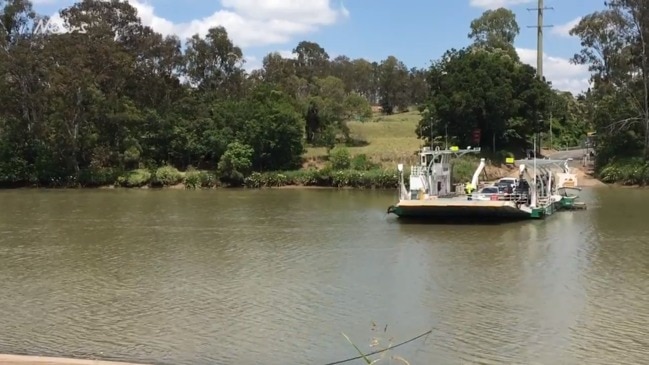
“I have also discussed these matters extensively with Major General Jake Ellwood, the Queensland State Recovery Coordinator,’’ Dr Rowan said.
“The Government must also comprehensively review and understand the impacts of dam releases by Seqwater on downstream crossings and urgently deliver infrastructure solutions to avoid geographical isolation of residents.’’
Planning Minister Dr Steven Miles wrote to Dr Rowan last week, saying the Government had worked with Queensland councils on the Brisbane River Strategic Floodplain Management Plan.
“The plan and its resulting flood studies provide a longterm plan to manage the impact of future floods and enhance community safety and resilience in the Brisbane River floodplain,’’ Dr Miles wrote.
He said one of the studies, State guideline: Flood evacuation route improvements, prepared by the Department of Transport and Main Roads, was released last year and “provided guidance on a process to support the identification of fair and reasonable flood evacuation route improvements in Queensland’’.
“The guideline outlines an options assessment process that supports decision making in relation to flood evacuation route improvements and can be used to inform flood risk management activities,’’ he wrote.
“It has been designed to be used by local governments, state agencies and is relevant to the impacts experienced by your community.’’




